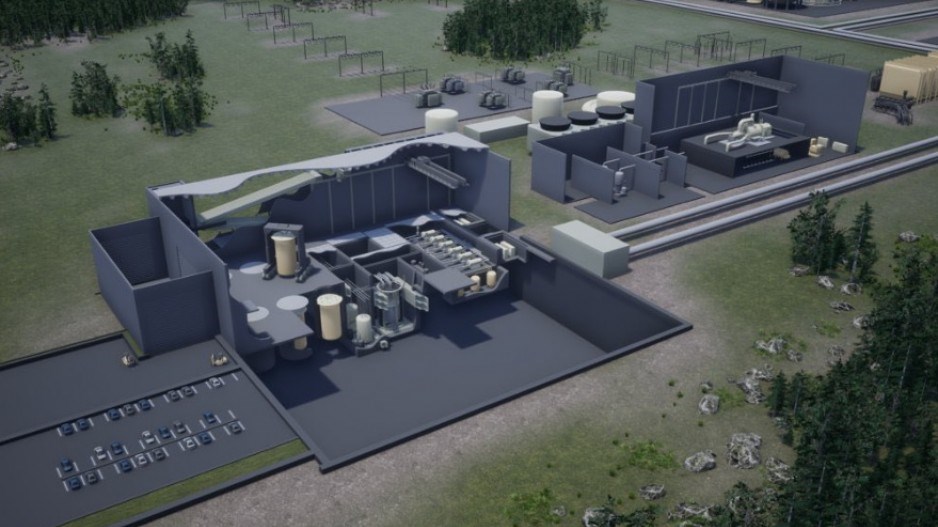The Trudeau government capped a week of announcements on its climate action strategy Friday with an overview of its plan to support the development and deployment of small modular nuclear reactors in Canada.
One week ago, the Trudeau government unveiled details on its beefed up climate action plan, which includes carbon taxes hitting $170 per tonne by 2050.
That announcement was followed by a commitment of $3 billion to plant 2 billion trees in Canada over the next 10 years, followed by Canada’s new hydrogen strategy on Wednesday.
On Friday, Natural Resources Minister Seamus O’Regan spoke about Canada’s plans to support the development of small modular reactors (SMR) -- next-generation reactors that are small, scalable and safer than the kinds of reactors that experienced meltdowns in the Ukraine and Japan.
One of the four pillars of the strategy is to support a demonstration project. The federal government has committed $20 million towards Terrestrial Energy’s Integral Molten Salt Reactor demonstration project.
Four provinces – Ontario, New Brunswick, Alberta and Saskatchewan – have signed a memorandum of understanding to cooperate and explore the development of SMRs.
Although there may be no need for nuclear power in B.C., thanks to its vast amount of hydro power, O’Regan noted that these small reactors could be used by the mining and oil and gas industries, as well as in remote communities that still rely on diesel for power.
O’Regan said SMRs are not a silver bullet in the arsenal to decarbonize Canada’s economy, but one of a suite of tools needed to get to net-zero by 2050. He also noted there are SMRs that can be developed not only to produce power, but can also produce heat and hydrogen.
“This is not the Government of Canada going all in on one option,” O’Regan said. “This is the Government of Canada ensuring that we have every tool possible in our toolbox to reach net zero carbon emissions by 2050 and address the existential crisis of climate change.”
He added: “And it creates good middle class jobs. By 2040 the global market for SMRs is expected to be between $150 to $300 billion a year.”
John Gorman, the former CEO of the Canadian Solar Industries Association, and now president of the Canadian Nuclear Association, pointed out that, 20 years ago, 36% of the world’s electricity was from non-emitting sources.
Despite all the investments made globally over the last 20 years in wind and solar power, it still stands at 36%, he said. All that new wind and solar power has been additive – i.e. meeting the ever-increasing demand for power.
“Thank goodness we have wind and solar being deployed aggressively because it's enabled us to remain consistent at 36% despite the growing demand for energy,” Gorman said. “But clearly, we don't have another 20 years not to be decarbonizing our electricity grid.”
The problem with wind and solar are their intermittency. They often produce power when it’s not needed, or don’t produce it when it is needed, which means backup sources of firm dispatchable power is needed. That often comes from coal or natural gas power. SMRs can provide firm, dispatchable power that produces no emissions.
O’Regan said Canada was the second country to develop nuclear power “and the first country to declare that its nuclear capability would only be used for peaceful purposes.”
Canadian CANDU reactors provide 15% of Ontario’s electricity, 35% of New Brunswick’s power, and 40% of the world’s radio isotopes for use in nuclear medicine.
“Energy is Canada's family business,” O’Regan said. “We're really good at this.”




